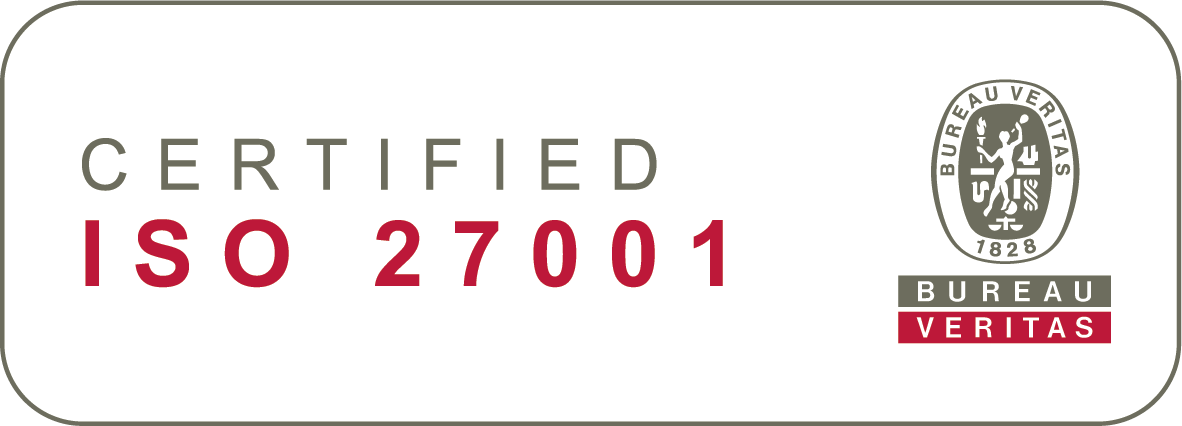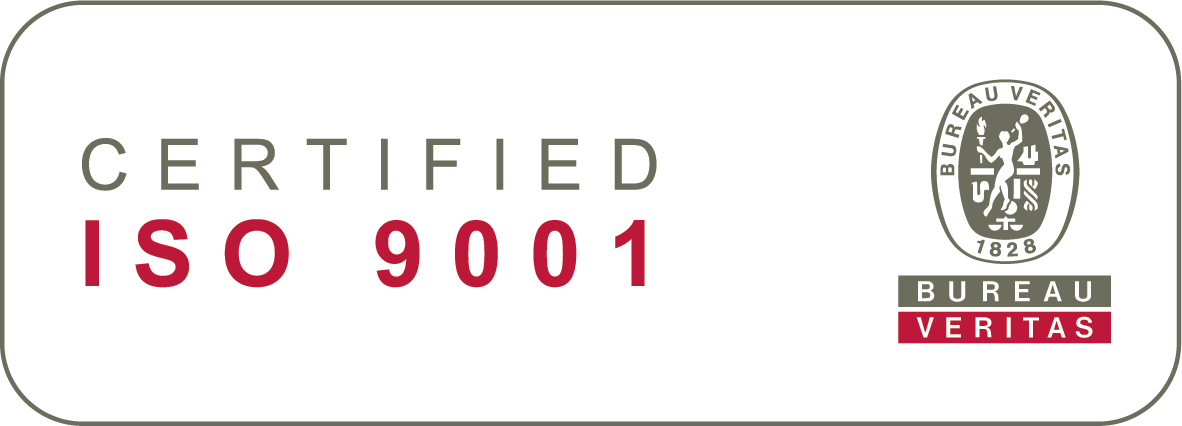It’s people who make possible the success of the companies they work for: sales, profit and growth targets can only be met if talented people are motivated to meet them. People aren’t just important, they’re indispensable.
On top of the challenge to hire and retain top talent, HR teams are crucial in contributing to business success. Given that acquiring quality talent is the top priority of most HR teams, it also makes sense to maximise the utilisation of data, analytics, and metrics to make the most out of a company’s human resources. Human resources may be scarce, especially when hiring for positions that need highly specialised skills. This scarcity is something many CEOs recognise.
According to them, one of the biggest threats to their business is the limited access to key skills, innovation, and creativity that they need through highly qualified employees.
Meanwhile, 47 % of HR teamsrecognise employee retention and turnover as their biggest challenge. As such, a key understanding of what attracts potential employees (and what keeps them happy) is crucial for meeting business goals and increasing ROI.
To address these challenges, HR teams must be fully equipped with data on what exactly contributes to employee satisfaction. For example:
- McKinsey reports that not only does high employee engagement keep employees happy but also boosts company profit.
- Up to 20 % of staff resignations happen within 45 days after hiring. Related to this is research that shows that 72 % of new hiresone-on-one time with their manager or immediate superior the most important part of onboarding.
This data can help refocus their hiring and employee engagement strategies. It is also important to understand organisation-specific data that can help HR managers and key executives address unique problems and leverage strengths within their talent pool.
This is where HR metrics come in handy. With a deep understanding of HR metrics, KPIs, and employee performance, HR teams can turn statistics into pathways for solid change through actionable insight.

What Are HR Metrics and Why Are They Important?
Human Resource metrics, or HR metrics, are data that allow organisations to track their human resource capital and measure the effectiveness of HR initiatives.
Some examples of critical metrics that can contribute directly to business success are:
- Cost per Hire
- Time to Hire
- Absence Rate
- Retention Rate
- Employee Performance
- Employee Turnover
- Training Effectiveness
- Employee Motivation
- Employee Engagement
Traditionally, businesses have measured KPIs such as sales and production figures, but modern enterprises also track key human resource management indicators closely. Moreover, personnel-related data has become an ever-more valuable resource for strategic decision-making. Executives are also becoming increasingly interested in seeing reports from HR teams to include insights from these reports in their overall business strategy.
Among the top benefits and advantages of tracking your HR metrics are:
To improve an organisation’s strategy
Clear, solid data on an organisation’s personnel helps executives make informed, strategic decisions for the company’s future.
To measure employee experience
We’ve briefly discussed how employee retention and turnover is HR’s biggest challenge. In relation to this, more and more HR teams are relying on HR metrics to prioritise measuring and tracking employee experience.
This is to ensure that their employee engagement efforts and hiring strategies are translating into employee satisfaction and higher rates of retention.
To reduce costs and increase profits
A good understanding of HR metrics can provide executives with clear insights on areas where cost can be reduced and profit increased.
For example, data shows that a company can save as much as $22,000 annuallyper remote worker. Revealing that a large percentage of employees are more productive in a remote work settingmay allow a company to reduce costs on rental office space, electricity, and other costs related to in-office reporting, depending on what their metrics show specifically.
Key HR Metrics
When a company has chosen the key metrics for its human resource management and set the accompanying targets, its key people should have a clear view of these indicators. Only by recognising challenges and opportunities early is better decision making and a rapid response possible.
Instead of inflexible and slow monthly reporting, modern, disruptive HR systems include agile reporting tools and HR dashboards. These compress huge amounts of data into real-time, easily understood metrics and serve them (together with other business KPIs) directly to the management team via a variety of channels, including mobile devices.
Below, we’ll be identifying some key HR metrics that will be helpful to track. Keep in mind, however, that the specific reporting strategy will depend on an organisation’s priorities and size, among other factors. To pinpoint what HR metrics are most valuable for a company to measure, HR teams must collaborate with executives to gather insights on objectives and goals that may be directly related to these metrics.
Key HR metrics to track in priority
- Absence Rate – Refers to the average number of days that workers are absent within a given timeframe (excluding PTO)
- Cost per Hire – This refers to the average cost per new hire. This includes both external and internal hiring costs, divided by the total number of new hires in a given period.
- Overtime Hours – The number of hours worked overtime in a given timeframe. Closely related to absence rate and turnover, excessive overtime hours can signal a need for additional employees to prevent turnover.
- Employee Satisfaction – Refers to the number of employees who would refer your company to peers as a good place of work vs. the number of employees who would advise against it.
- Total Turnover Rate – The total number of employees who resign within a given timeframe, divided by the total number of employees in an organisation.
- Retention Rate – The number of employees who remain in an organisation over a given timeframe, divided by the total number of employees in an organisation.
- Employee Productivity – Refers to the amount of work the employee completed in a given timeframe (not the number of hours they worked)
- Revenue per Employee – Refers to the total revenue divided by the total number of employees.
- Employee Performance – Can be tracked via peer review, self-assessment, and manager assessment
- Training Expense per Employee – Total cost of training courses and learning resources divided by the total number of employees
- Training Effectiveness – Can be measured through employee productivity (if related to the training course) or by running tests or assessments
How are HR metrics helping successful companies?
Good business management and leadership traditionally relied on being able to keep track of a full range of business KPIs, such as sales, marketing, production, and finance. However, more and more businesses are beginning to appreciate that modern human resources management metrics are just as vital as their better-established counterparts.
These HR indicators enable HR directors, managers, and teams to monitor changes in the organisation’s performance and well-being in real-time. They can also automate reporting to support business operations and management better.
The metrics support employees’ work towards the organisation’s business goals, as well as empower executives to make data-driven decisions.
The priority should be to focus on improving business-critical activities while alerting key members of the management team if any indicators fall short. Identifying strengths and weaknesses is easier if key HR data is readily available to be viewed and compared.
These comparisons could be between, for instance, business units or between customer satisfaction and employee happiness.
How to define your Key Performance Indicators (KPIs)
A KPI is a value that one can measure to gauge how effectively an individual or organisation achieves key business objectives. Ideally, each KPI should ‘match’ a specific business objective or outcome with a performance measure.
To start defining your KPIs, answer the following questions:
- What is your desired business outcome?
- Will achieving this outcome matter? Why so?
- What are your methods of measuring progress?
- What key factors will influence this outcome?
- Who are the point persons/teams for this outcome?
- What’s a key marker for achieving the desired outcome?
- How often should progress reviews be conducted?
For instance, let’s say the objective is to improve employee retention this year. Defining an ‘Employee Retention KPI’ may look like this:
- To increase employee retention by 30 % this year.
- Achieving this will reduce costs and boost employee happiness.
- Progress will be measured as an increase in employee retention via retention rate.
- Key factors will include employee engagement initiatives as well as revisiting benefits and compensation.
- The Hiring Manager is responsible for this metric
- Retention will have increased by 30% this year.
- Progress will be reviewed every month.
KPIs should also be shared with stakeholders to encourage proper follow-through and establish a clear direction for the team and organisation. Furthermore, if upon conducting a regular review of the KPI the team finds that it should be updated, it should be able to evolve so that the KPI fits the organisation’s changing needs.
How to Track Your HR Performance
Successful human resource tracking often involves many factors. On top of tracking key HR metrics and KPIs, various practices can help managers monitor employee performance better:
Through Observation
Managers can tell a lot about employee performance through direct observation. For example, a sales manager can watch an employee interact with a customer and instantaneously gather valuable insights on that employee’s performance.
By building an HR solutions ecosystem
You’re most likely already using HR solutions to structure the HR activities of your organisation. But are you able to centralise all information in one place?
An HR system like Sympa offers HR teams a way to track and scale all people processes from one place, thus providing visibility into all aspects of the employment system from start to finish. This gives HR managers, and team leads efficient data and insights to review and improve existing processes to keep employees happy and motivated.
Don’t stay in the dark. Utilise your people data.
HR metrics are helpful not only to HR teams but also to an organisation’s executives and employees. By advocating a data-driven culture, organisations can maximise human resource potential through informed, data-backed decisions.
Not only can an organisation save money from insights derived from HR reports, but it can also increase revenue through employee satisfaction and productivity.



